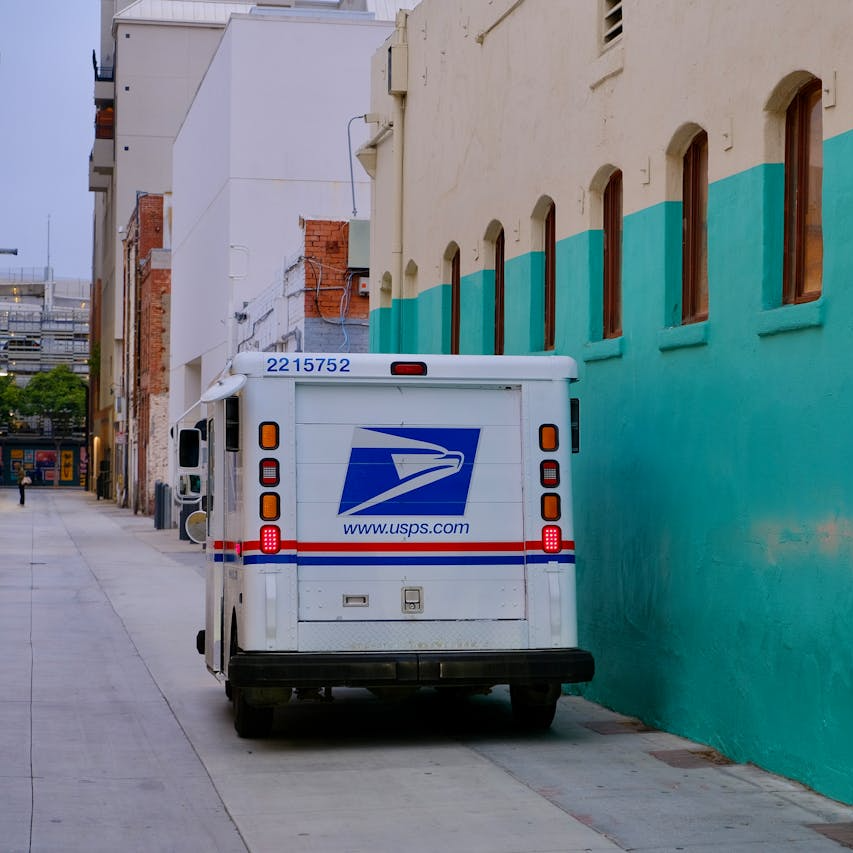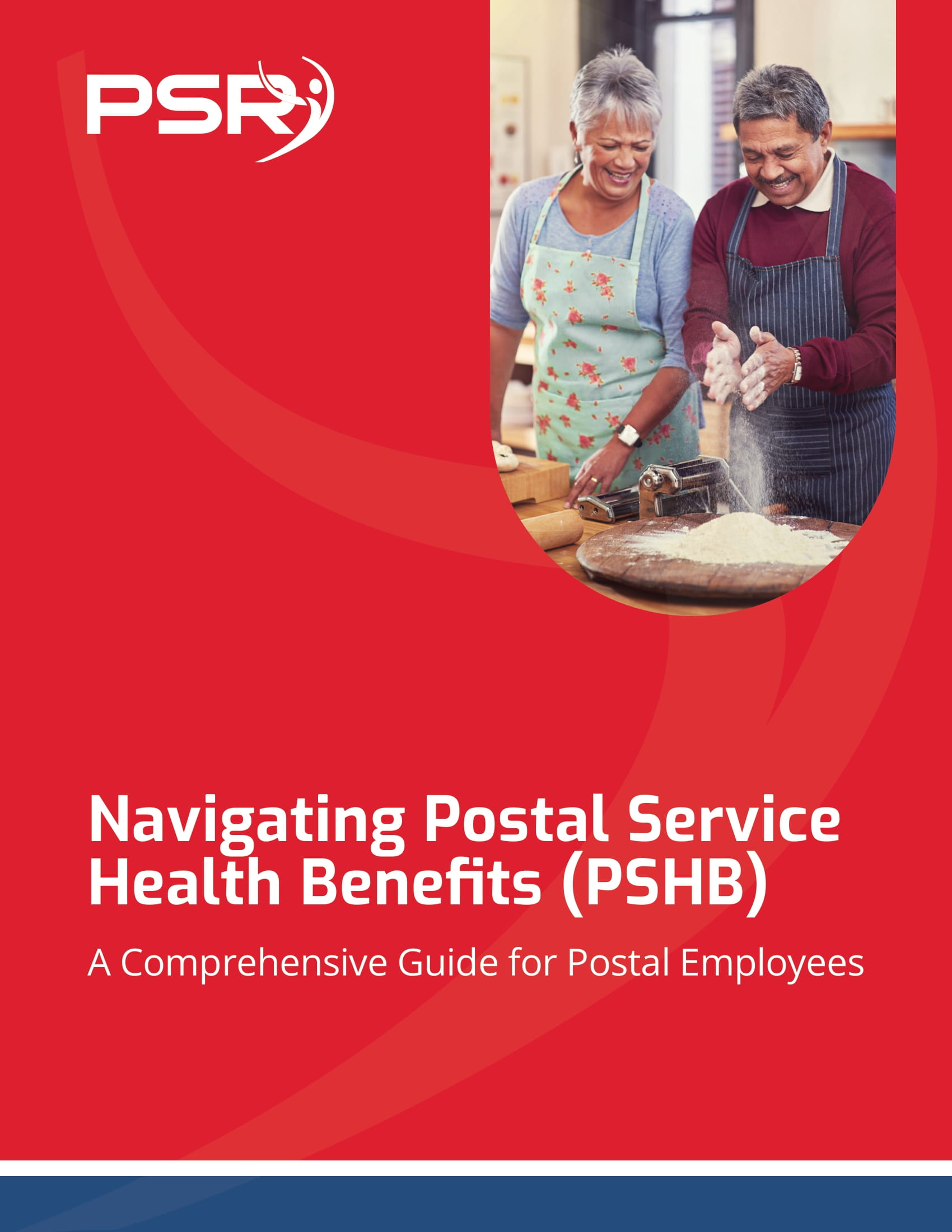Key Takeaways
-
The Postal Service Health Benefits (PSHB) transition in 2025 has already altered the retirement landscape, but further significant changes could unfold by 2026, impacting healthcare costs and retirement strategies.
-
Postal employees and retirees must review their retirement and healthcare plans carefully during Open Season to safeguard benefits and avoid unexpected financial strain.
The Postal Service Retirement Landscape Is No Longer Standing Still
For decades, postal employees could expect a fairly predictable path into retirement. Between the Federal Employees Retirement System (FERS), the Thrift Savings Plan (TSP), and Federal Employees Health Benefits (FEHB), retirement planning had a familiar rhythm. That rhythm, however, is now breaking apart.
- Also Read: FAA, Law Enforcement, and Special Federal Employee Categories—Here’s What Makes Their Retirement Unique
- Also Read: Blending Private and Public Sector Retirement Plans Is Complicated—Here’s Where Couples Get It Wrong
- Also Read: The Side of Civilian Military Employment Benefits Nobody Mentions Until After You Retire
Looking ahead to 2026, further changes are likely, making it more important than ever that you stay proactive, well-informed, and prepared.
Understanding the PSHB Program Rollout in 2025
The transition to PSHB began officially in 2025, separating postal employees and retirees from the broader FEHB system. Key features included:
-
Automatic Enrollment: If you did not actively select a plan during Open Season 2024, you were automatically enrolled in a comparable PSHB plan for 2025.
-
Medicare Part B Requirements: Medicare-eligible postal retirees and family members are generally required to enroll in Medicare Part B to maintain PSHB coverage.
-
Prescription Drug Changes: PSHB integrates prescription drug coverage with Medicare Part D through an Employer Group Waiver Plan (EGWP), offering expanded pharmacy networks and a $2,000 out-of-pocket maximum for medications starting in 2025.
These changes have major implications for both current retirees and employees planning to retire in the next few years.
What to Expect by 2026
You might think the major changes are over now that PSHB is live, but early indicators suggest otherwise. Several issues could escalate by 2026:
1. Higher Healthcare Premiums
While government contributions remain substantial, the cost burden on postal retirees is expected to rise gradually. Premiums for Self Plus One and Self and Family coverage types may see incremental increases, especially if healthcare inflation persists into 2026.
You will need to account for these rising costs in your retirement budgeting to maintain the same level of health coverage you have today.
2. Increased Complexity in Medicare Coordination
Coordinating PSHB with Medicare Parts A, B, and D is not as automatic as it sounds. Some plans may reduce your deductibles and copayments if you are enrolled in Medicare Part B, but not all will.
If you turn 65 in 2025 or 2026, you must make sure you understand:
-
When to enroll in Medicare to avoid late penalties.
-
How your PSHB plan integrates with your Medicare coverage.
-
Whether your plan offers premium reimbursements for Part B.
Otherwise, you risk either paying more than necessary or missing out on enhanced benefits.
3. Changes to Thrift Savings Plan Withdrawal Strategies
Rising healthcare expenses may mean you need to rethink your TSP withdrawal strategies. The typical 4% withdrawal rule may no longer adequately account for healthcare inflation.
By 2026, financial advisors are expected to recommend:
-
Creating a separate “healthcare fund” within your TSP assets.
-
Using more conservative withdrawal rates.
-
Considering annuity options if healthcare predictability becomes a higher priority.
Careful coordination between your PSHB costs and TSP withdrawals will be essential.
4. New Retirement Timing Pressures
The traditional retirement age for postal employees often hovered around 62 or early eligibility under Minimum Retirement Age (MRA)+10 rules. However, with healthcare and financial variables changing, delaying retirement until full Medicare eligibility at 65 might become more common.
If you retire before age 65 without coordinating Medicare enrollment properly, your PSHB costs could be significantly higher—a detail that can no longer be ignored.
5. Legal and Legislative Developments
Although the PSHB law is already enacted, advocacy groups continue pushing for adjustments. By 2026, minor legislative changes could:
-
Modify Medicare Part B requirements.
-
Adjust eligibility criteria.
-
Increase government contributions to offset premium hikes.
While none of these are guaranteed, staying aware of legislative updates is crucial for future retirees.
Why You Cannot Rely on Automatic Protections Anymore
Automatic enrollment protected many postal employees during the initial 2025 transition. But moving forward, you cannot assume similar protections. Open Season each fall will demand your close attention.
You should actively:
-
Compare PSHB plans annually.
-
Assess how changes impact your retirement strategy.
-
Adjust your healthcare selections based on your evolving needs and costs.
Failing to review could leave you in a plan that no longer matches your financial or medical situation.
How to Protect Yourself Before 2026 Arrives
Preparing for what’s ahead involves steps you can start today:
Review Your Retirement Timeline
-
Consider delaying retirement until Medicare eligibility if possible.
-
Reassess your projected healthcare costs if retiring early.
Understand Medicare Enrollment Windows
-
Enroll in Medicare Part A and B when first eligible unless you have credible coverage.
-
Know your Special Enrollment Period (SEP) rules if you are still working past 65.
Set Up a TSP Healthcare Reserve
-
Project your annual healthcare costs in retirement.
-
Create a TSP withdrawal plan that earmarks funds specifically for health expenses.
Attend Educational Sessions
-
The Postal Service and OPM periodically offer webinars and Q&A sessions.
-
Take advantage of these to stay informed about PSHB, Medicare, and retirement planning updates.
Seek Personalized Advice
-
Speak with a licensed professional listed on this website to get tailored advice.
-
A professional can help you navigate PSHB options, Medicare enrollment, and TSP strategies.
Don’t Wait Until 2026 to Adjust Your Strategy
The PSHB Program marks only the beginning of a broader evolution in postal retirement benefits. The years ahead—especially leading into 2026—will challenge many long-standing assumptions about the costs and choices you face.
Proactive planning now ensures that you can retire with confidence rather than confusion.
You are encouraged to get in touch with a licensed professional listed on this website who can review your current situation, explain your PSHB and Medicare options, and help you build a resilient financial plan for the future.












